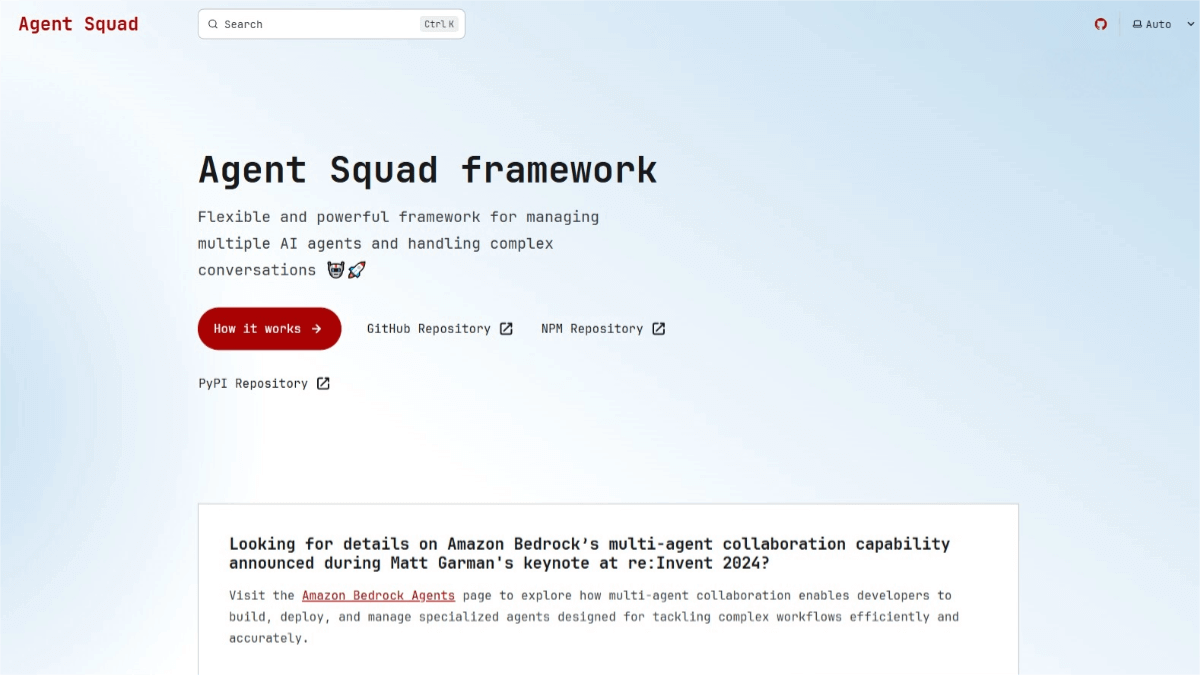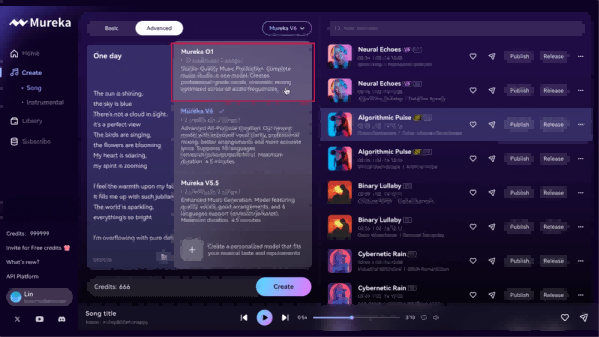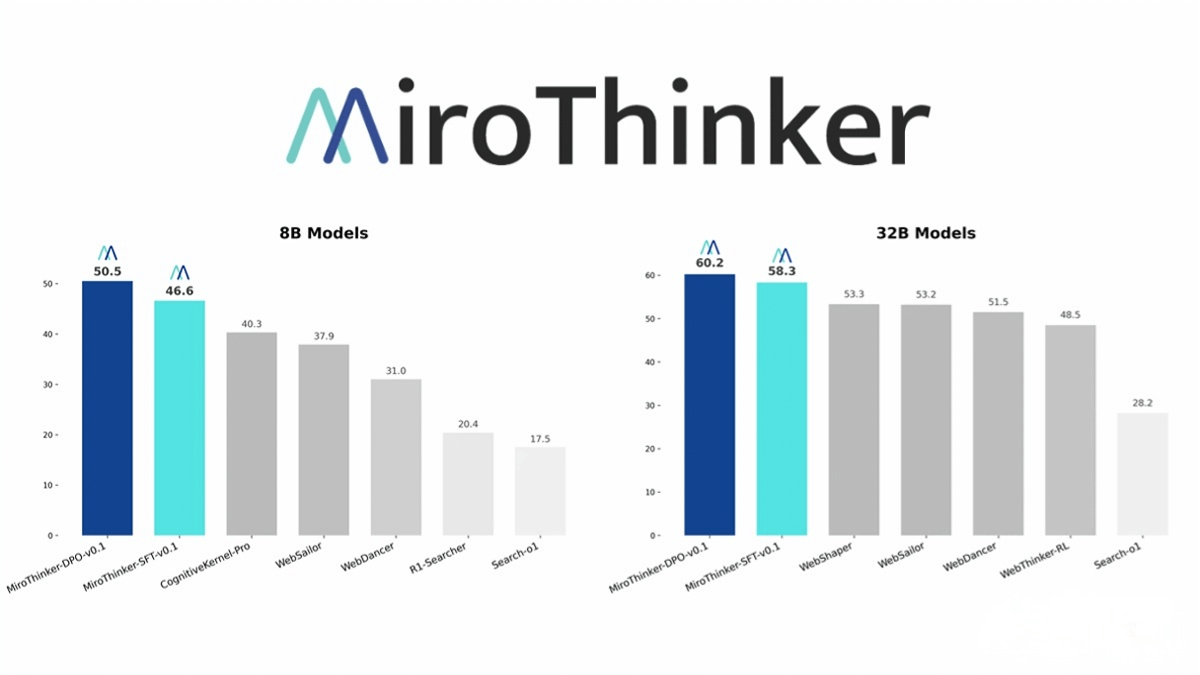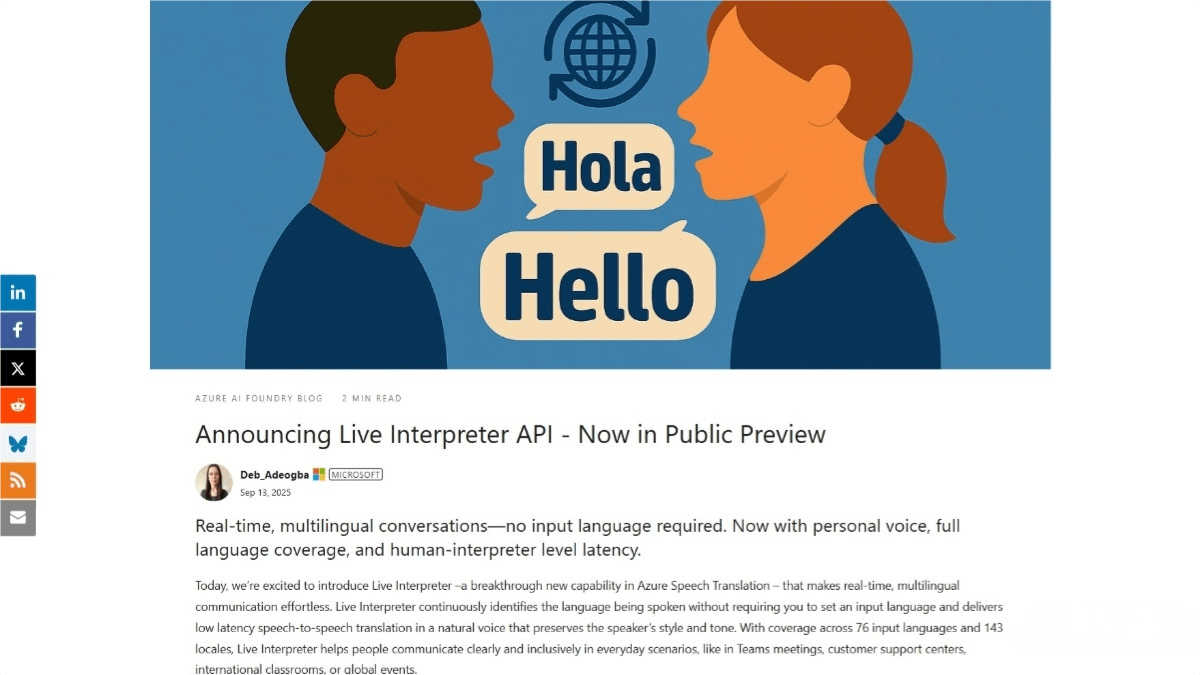How did the prompt experts discover the new drawing tricks of GPT – 4o?
Unlocking the Secrets of GPT-4o’s Image Generation: How Prompt Masters Create Magic
Recently, GPT-4o’s image generation capabilities have taken the internet by storm. From the viral Ghibli-style animations to the endless stream of creative image trends, people keep asking: “How do these magical prompts even get discovered?”
Those dubbed “prompt masters” seem to effortlessly uncover jaw-dropping techniques. So, what’s their secret? Today, I’ll share some advanced methodologies to help you master this creative skill.
Part 1: Four Ways to Discover Winning Prompts
To become a prompt wizard, your first task is finding compelling prompts. Here’s where to look:
- Search Engines – Basic but Hit-or-Miss
Start with simple searches like “GPT-4o image prompts.” While easy, this method often yields low-quality or repetitive results unless you already know specific styles or keywords. Still, it’s a decent starting point for beginners. - Social Media – The Treasure Trove of Trends
Platforms like X (formerly Twitter) are ground zero for prompt innovation. Follow creators who specialize in sharing GPT-4o prompt hacks—they often post the latest viral styles first. Focus on posts with high engagement (likes, shares, comments), as these signal trending techniques. - Sora.com – OpenAI’s Hidden Prompt Library
Few realize that Sora.com, OpenAI’s official platform for generating images and videos, doubles as a goldmine for reverse-engineering prompts. Every shared work on Sora displays its original prompt. Study these, adapt them, and you’ll unlock endless inspiration. Many of my own prompts originated here! - Reverse Engineering – The Ultimate Hack
Found an amazing AI image but no prompt? Try this:
- Step 1: Upload the image to GPT-4o/4.5 and ask, “Can you infer the prompt used to create this image?”
- Step 2: Tweak GPT’s guess (often surprisingly accurate) to generate even better results.
Masters swear by this method—sometimes it sparks entirely new creative directions!
Part 2: Mastering Prompts – Practice, Imitate, Innovate
Finding prompts is just step one. True mastery requires strategy:
1. Practice – Train Your Intuition
Test every prompt you find. Generate multiple images, analyze how specific terms affect outcomes. For example:
- Technical terms: “Double exposure,” “shallow depth of field,” “rule of thirds.”
- Style keywords: “Ghibli-inspired,” “pixel art,” “cyberpunk aesthetic.”
- Contextual details: References to moods, lighting, or fictional scenarios.Over time, you’ll develop a mental map linking words to visual results.
2. Imitate & Fuse – The Path to Originality
Once comfortable, start remixing:
- Imitate: Apply trending prompts to personal projects—turn your photos into Studio Ghibli characters or transform pet pics into oil paintings.
- Fuse: Combine unrelated styles. Merge “Ghibli backgrounds” with “UI design” for whimsical apps, or blend “cinematic lighting” prompts with comic-book textures.
The best prompt masters thrive at this intersection—old ideas collide, ew magic emerges.
Part 3: Share Relentlessly – Fuel the Creative Cycle
Finally, share your wins. Post your images with their prompts to:
- Attract fellow creators for collaboration.
- Gain feedback to refine your approach.
- Build a “prompt innovation loop”—the more you give, the more others share their breakthroughs with you.
Critics might dismiss prompt engineering as “copycat art,” but true creativity lives in the gaps:
- Can you spot opportunities others miss in a prompt?
- Can your remixes birth something uniquely stunning?
Who knows? The next viral trend might start with your experiment.
Related Posts




